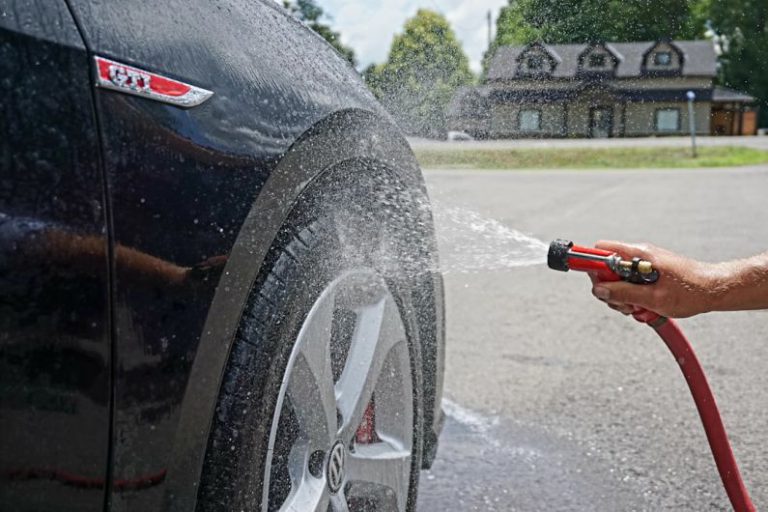Seasonal Considerations for Retreaded Tire Use
When it comes to maximizing the lifespan of your vehicle’s tires while ensuring safety on the road, retreaded tires have become a popular choice for many drivers. By undergoing a process that involves replacing the worn tread of a tire with new rubber, retreading offers a cost-effective and environmentally friendly alternative to purchasing brand-new tires. However, as with any tire, it is essential to consider the impact of seasonal changes on retreaded tire performance. Understanding how different seasons can affect your retreaded tires will help you make informed decisions to ensure optimal safety and efficiency throughout the year.
Performance in Winter Conditions
Winter conditions pose unique challenges for all types of tires, including retreaded ones. The tread design and rubber compound of retreaded tires play a crucial role in determining their performance on snow and ice-covered roads. It is recommended to opt for retreaded tires specifically designed for winter use, featuring deep treads and specialized rubber compounds that provide enhanced traction and grip in cold weather. Additionally, ensuring proper tire pressure and regular tire maintenance will further improve performance and safety in winter conditions.
Handling in Wet Weather
Wet weather conditions can significantly impact the handling and traction of retreaded tires. The tread depth and pattern of retreaded tires play a vital role in channeling water away from the tire’s contact patch, reducing the risk of hydroplaning and improving grip on wet roads. It is essential to regularly inspect the tread depth of your retreaded tires and replace them when they are worn beyond safe levels. Investing in retreaded tires with a tread pattern designed for wet weather conditions will further enhance your vehicle’s performance and safety on rainy days.
Heat Resistance in Summer
The scorching temperatures of summer can take a toll on tire performance, including retreaded tires. The rubber compounds used in retreaded tires are designed to withstand a wide range of temperatures, but prolonged exposure to high heat can accelerate wear and reduce tire longevity. To maintain optimal performance in summer conditions, make sure to keep your retreaded tires properly inflated and avoid overloading your vehicle, which can put additional stress on the tires. Consider investing in retreaded tires with heat-resistant compounds to ensure reliable performance during the hot summer months.
Long-Term Durability
While retreaded tires offer a cost-effective solution for extending the life of your tires, it is essential to consider their long-term durability across different seasons. Proper tire maintenance, including regular inspections, tire rotations, and alignment checks, will help maximize the lifespan of your retreaded tires and ensure consistent performance throughout the year. Additionally, following the manufacturer’s recommendations for tire care and usage will help you get the most out of your retreaded tires in terms of both safety and longevity.
Environmental Impact
In addition to cost savings and performance considerations, retreaded tires also offer environmental benefits by reducing the demand for new tire production and minimizing tire waste. By choosing retreaded tires, you are contributing to a more sustainable approach to tire use and disposal. Properly maintaining and caring for your retreaded tires will further extend their lifespan, reducing the overall environmental impact of tire usage.
Sustainable Driving Practices
Beyond seasonal considerations and maintenance tips, adopting sustainable driving practices can also contribute to the longevity and performance of your retreaded tires. Avoiding aggressive driving behaviors, such as sudden acceleration and hard braking, can help reduce unnecessary wear and tear on your tires. Additionally, maintaining a consistent speed and avoiding excessive loads can further enhance the durability and efficiency of your retreaded tires.
In conclusion, retreaded tires offer a cost-effective and environmentally friendly alternative to purchasing new tires, but it is essential to consider seasonal factors that can impact their performance. By choosing retreaded tires designed for specific weather conditions, maintaining proper tire care, and adopting sustainable driving practices, you can enhance the safety, longevity, and efficiency of your retreaded tires throughout the year. Making informed decisions and taking proactive steps to care for your retreaded tires will help you get the most out of this sustainable tire option while staying safe on the road.






